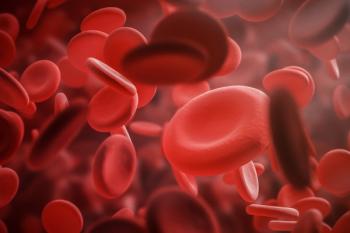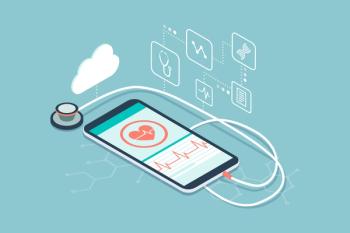
Bar-coding/e-MARs offer comfort of a safety net
The ability of bedside bar-code administration and electronic MARs to catch adverse events and medication errors before they reach patients and then to generate reports and track emerging trends is revolutionizing the way that pharmacists, nurses, and physicians are managing patient safety concerns
Does bedside bar-coding when used in conjunction with electronic medication administration record (MAR) technology represent the Holy Grail of medication error prevention in hospitals? You wouldn't think so, considering that only about 13% of health systems nationwide are implementing bar-code technology. But for the hospitals that have had the opportunity to roll out these systems, the benefits, particularly as they relate to patient safety, are irrefutable.
Chilton recently rolled out a bar-coding system and an on-line MAR in its cardiac intermediate care unit. In June, the system will be operational across all departments. Chilton is using a computer-on-wheels workstation from Columbus, Ohio-based Artromick International and a bedside medication verification system from MEDITECH of Westwood, Mass. "It's very user-friendly for the nurse and doesn't require a lot of IT knowledge," said Mary Rich, R.N., VP chief nurse executive.
The MAR/bar-code initiative has created a cohesive check-and-balance system and has enhanced the relationship between pharmacists and nurses. Under the new system, patient orders are faxed to the pharmacy where a pharmacist enters the order into the pharmacy information system and then verifies the order. If there are any discrepancies, protocol requires the nurse to call the pharmacy. A pharmacist then has to troubleshoot and address the discrepancy before the drug can be administered to the patient. "The order cannot sit there unverified," said Ferrito.
In addition to patient safety issues, the new system at Chilton is also having an impact on the way drug charges are captured. Ferrito explained that the bar-code system captures charges at the point of administration.
Patient safety experts point out that more and more health systems are beginning to recognize the patient safety benefits of electronic MARs and bar-coding as well as the return on investment that these systems generate. "Electronic MARs and bar-coding are long overdue in regard to their various applications in health systems," said Kasey Thompson, Pharm.D., director of ASHP's Center on Patient Safety. There is widespread agreement that hospitals should consider implementing bedside bar-code technology within the next five years, he said.
According to the results of a recent ASHP survey of 1,178 pharmacy directors in general and children's hospitals, 18% of the respondents said they plan to implement bar-code medication administration within a year, 40% said they plan to take such action within one to three years, 12% said they will pursue bar-code technology more than three years from now, and only 30% said they have no plans to roll out such technology.
Newsletter
Pharmacy practice is always changing. Stay ahead of the curve with the Drug Topics newsletter and get the latest drug information, industry trends, and patient care tips.

























































































































































